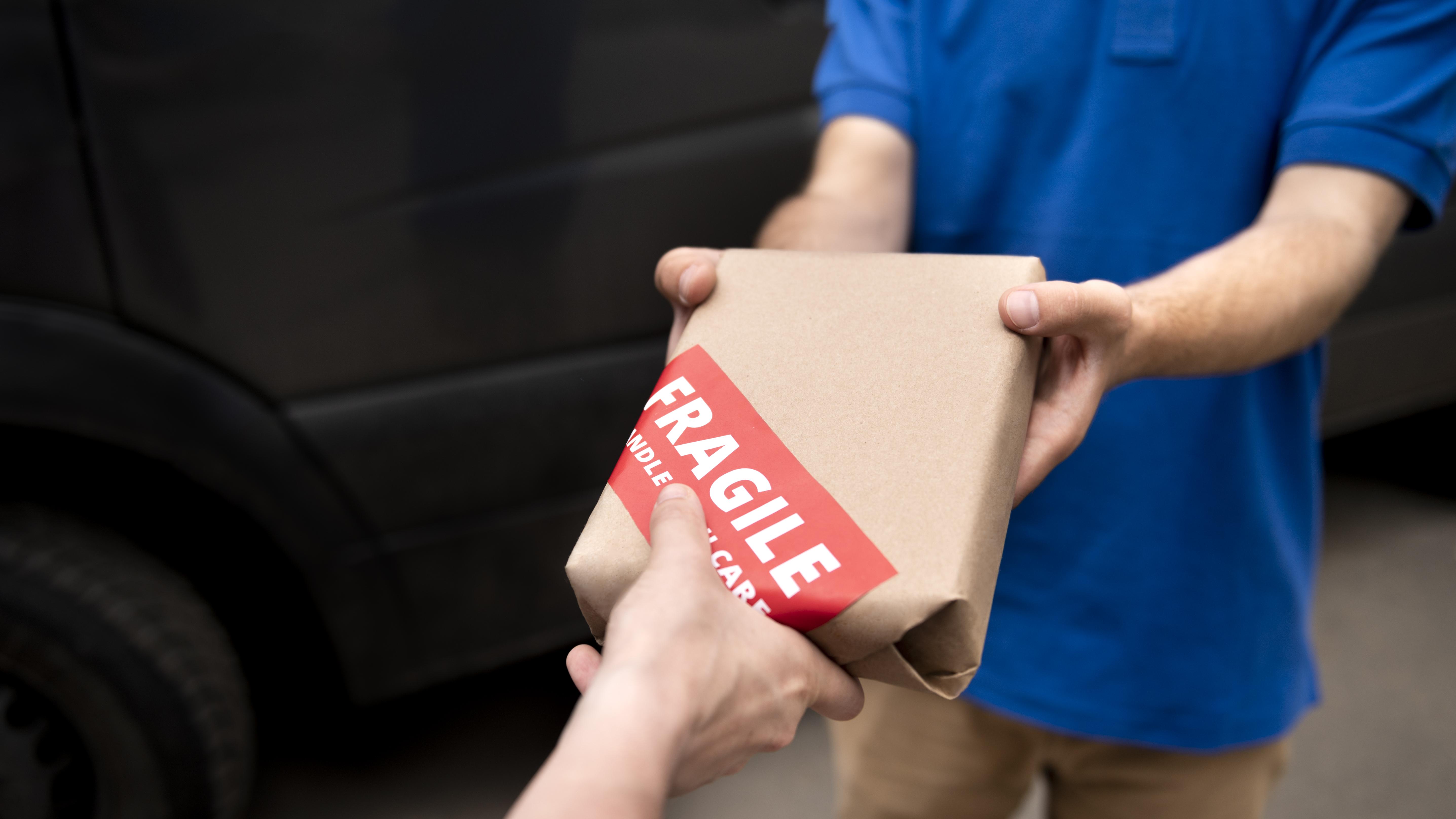As Vietnam’s e-commerce market continues to grow at an astonishing rate, consumer expectations are evolving just as rapidly. Among the most significant shifts is the increasing demand for free, same-day delivery—a service that is becoming a critical differentiator for online retailers. This article explores the factors driving this expectation, the challenges faced by logistics providers, and the implications for businesses in Vietnam.
The Rise of E-Commerce and Changing Consumer Habits
Vietnam’s e-commerce sector has seen explosive growth in recent years, fueled by rising internet penetration, increased smartphone usage, and a young, tech-savvy population. According to reports, Vietnam’s e-commerce market is expected to reach $39 billion by 2025. With this growth, consumer expectations are shifting toward faster and more cost-effective delivery options.
Consumers, particularly in urban areas like Ho Chi Minh City and Hanoi, are increasingly expecting their online purchases to arrive quickly—and at no additional cost. This expectation has been shaped by the practices of major global and regional e-commerce players such as Amazon, Shopee, and Lazada, who have introduced free and expedited delivery as standard offerings in many markets.
Factors Driving the Demand for Free, Same-Day Delivery
1. Convenience and Instant Gratification:
Today’s consumers value convenience and speed more than ever. The ability to receive an item on the same day it was ordered satisfies the desire for instant gratification, which has become a key component of the modern shopping experience.
2. Competitive Landscape:
As more retailers offer free, same-day delivery, consumers are beginning to view it as a standard service rather than a premium option. Businesses that fail to offer this may find themselves at a competitive disadvantage.
3. Urbanization:
Vietnam’s urban population is growing, with more people living in densely populated areas where logistics networks are more developed. This urban concentration makes same-day delivery more feasible and has heightened consumer expectations in these regions.
4. Promotional Campaigns and Sales Events:
Flash sales, promotions, and mega-sales events like Singles’ Day and Black Friday have contributed to the demand for rapid delivery. Consumers are eager to receive their purchases quickly, especially when they have taken advantage of limited-time discounts.
Challenges in Meeting Consumer Expectations
While the demand for free, same-day delivery is clear, fulfilling this expectation is no small feat. Several challenges must be addressed:
1. Logistics and Infrastructure:
Vietnam’s logistics infrastructure is still developing, particularly in rural areas. While urban centers have relatively well-established networks, delivering to rural or remote areas within the same day remains a challenge.
2. Cost Implications:
Offering free, same-day delivery is expensive. The costs associated with maintaining a fleet of delivery vehicles, hiring additional staff, and ensuring inventory is strategically located close to customers can be significant. For smaller businesses, these costs can be prohibitive.
3. Inventory Management:
To meet same-day delivery expectations, businesses must have accurate, real-time inventory management systems. Stocking the right products in the right locations is crucial to avoid delays and ensure quick dispatch.
4. Traffic Congestion:
Vietnam’s major cities are notorious for traffic congestion, which can delay deliveries, particularly during peak hours. Navigating this challenge requires sophisticated route optimization technologies and, in some cases, alternative delivery methods like bikes.
Strategies for Meeting the Demand
To meet consumer expectations for free, same-day delivery, businesses in Vietnam are adopting various strategies:
1. Strategic Warehousing:
Companies are investing in fulfillment centers closer to urban consumers. By distributing inventory across multiple locations, they can reduce delivery times and manage costs more effectively.
2. Technology and Automation:
The adoption of advanced technologies like AI-driven route optimization, real-time tracking, and automated warehousing systems is helping businesses streamline their operations and fulfill orders faster.
3. Partnerships with 3PL Providers:
Small and medium-sized enterprises (SMEs) are increasingly partnering with third-party logistics (3PL) providers who offer specialized last-mile delivery services. These partnerships enable businesses to offer competitive delivery options without the need for substantial infrastructure investment.
4. Innovative Delivery Methods:
Some companies are exploring innovative delivery methods, such as using motorbikes for quick urban deliveries in hard-to-reach areas. These methods help overcome traffic and infrastructure challenges.
Implications for Businesses
As consumer expectations continue to rise, businesses in Vietnam must adapt to remain competitive. Offering free, same-day delivery can lead to increased customer satisfaction and loyalty, but it also requires significant investment in logistics and technology.
For many companies, particularly smaller ones, the key will be finding a balance between meeting consumer expectations and managing costs. Those that can effectively leverage technology, strategic partnerships, and innovative delivery solutions will be best positioned to succeed in this fast-evolving market.
The expectation for free, same-day delivery in Vietnam is more than a passing trend; it is becoming a fundamental aspect of the e-commerce experience. As consumers continue to prioritize speed and convenience, businesses must rise to the challenge, investing in the infrastructure and partnerships necessary to meet these demands. In a market as dynamic and competitive as Vietnam’s, those who can deliver—literally and figuratively—will be the ones to thrive.

 Tiếng Việt
Tiếng Việt

